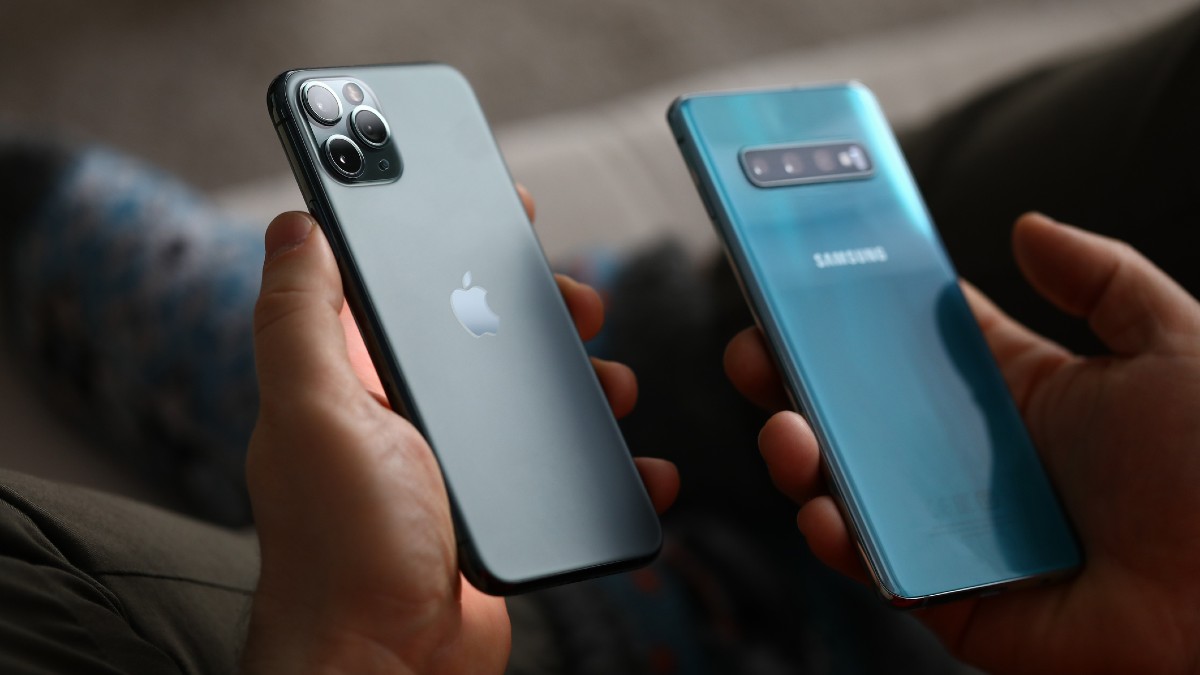
Preparing for the Switch
Switching from an iPhone to an Android device requires some preparation. Here are a few steps to get started:
Understand Your Needs
Identify what you need from your smartphone. Are you looking for better customization options? Do you want more storage capacity? Are you interested in advanced camera features? Knowing your requirements will help you choose the right Android device.
Research Different Android Devices
There are numerous Android devices available in the market, each with its unique features and specifications. Research different models such as Samsung Galaxy series, Google Pixel series, OnePlus phones, and more. Consider factors like display quality, battery life, performance, and additional features like wireless charging or water resistance.
Back Up Your iPhone Data
Before you start using your new Android device, make sure to back up all your data from your iPhone. This includes contacts, photos, messages, and any other important information. You can use iCloud or iTunes to back up your data.
Choosing the Right Android Device
Selecting the right Android device is crucial for a smooth transition. Here are some key factors to consider:
Operating System Version
Ensure that the device you choose runs on a recent version of Android. This will ensure you have access to the latest features and security updates.
Hardware Specifications
Check the hardware specifications of the device. Look for a device with a good processor (at least quad-core), sufficient RAM (at least 4GB), and ample storage capacity (at least 64GB).
Display Quality
The display quality is another important factor. Look for devices with high-resolution displays (Full HD or 4K) and features like HDR support for better visuals.
Battery Life
Battery life is crucial for any smartphone user. Opt for devices with long-lasting batteries or those that support fast charging.
Additional Features
Consider additional features like wireless charging, water resistance, and fingerprint or facial recognition for enhanced security.
Setting Up Your New Android Device
Once you have chosen your new Android device, it's time to set it up. Here’s a step-by-step guide:
Unboxing and Initial Setup
Unbox your new device and follow the initial setup instructions provided by the manufacturer. This usually involves connecting to Wi-Fi, setting up your Google account, and agreeing to terms of service.
Transferring Data from iPhone
To transfer data from your iPhone to your new Android device, you can use various methods:
- Google Drive: Upload your data from your iPhone to Google Drive and then download it on your new device.
- Smart Switch: Samsung offers a tool called Smart Switch that allows you to transfer data directly from an iPhone to a Samsung device.
- Third-Party Apps: There are several third-party apps available that can help transfer data such as contacts, photos, and messages.
Setting Up Apps
After transferring data, set up your favorite apps on your new device. You can download apps from the Google Play Store or use any existing apps that were transferred during the data transfer process.
Customizing Your New Android Device
Customization is one of the biggest advantages of switching from an iPhone to an Android device. Here are some tips for customizing your new device:
Home Screen Layout
Customize your home screen layout by adding widgets, changing wallpapers, and rearranging icons according to your preference.
Notification Settings
Customize notification settings by choosing which apps can send notifications and how they appear on your screen.
Lock Screen Options
Customize lock screen options such as adding widgets or changing wallpapers for a personalized look.
Accessibility Features
Explore accessibility features like text-to-speech functionality, screen reader options, and other assistive technologies that can enhance your user experience.
Tips for Seamless Transition
Here are some additional tips that can help you transition smoothly from an iPhone to an Android device:
Learn Basic Navigation
Familiarize yourself with basic navigation features such as gestures (if available), back button functionality, and multitasking capabilities.
Explore New Features
Explore new features like split-screen mode for multitasking or advanced camera modes for better photography.
Use Third-Party Launchers
Consider using third-party launchers like Nova Launcher or Apex Launcher for further customization options beyond what the default launcher offers.
Stay Updated with Software Updates
Regularly check for software updates to ensure you have access to the latest security patches and feature enhancements.
Addressing Common Concerns
Switching from an iPhone to an Android device often raises several concerns among users. Here are some common concerns addressed:
App Compatibility
One of the primary concerns is app compatibility. Most popular apps are available on both iOS and Android platforms, but some exclusive apps might not be available on Android.
Ecosystem Integration
Another concern is ecosystem integration—how seamlessly your new device will integrate with other devices in your household or office setup.
Security
Security is another critical aspect when switching from one ecosystem to another. Android offers robust security features like Google Play Protect and regular updates, but users need to be cautious about downloading apps from unknown sources.
Switching from an iPhone to an Android device requires careful planning and execution but offers numerous benefits including customization options, advanced features, and cost-effectiveness compared to iPhones. By understanding your needs, choosing the right device, setting it up properly, customizing it according to your preferences, following tips for seamless transition, and addressing common concerns you can make a successful switch from iOS to Android.
